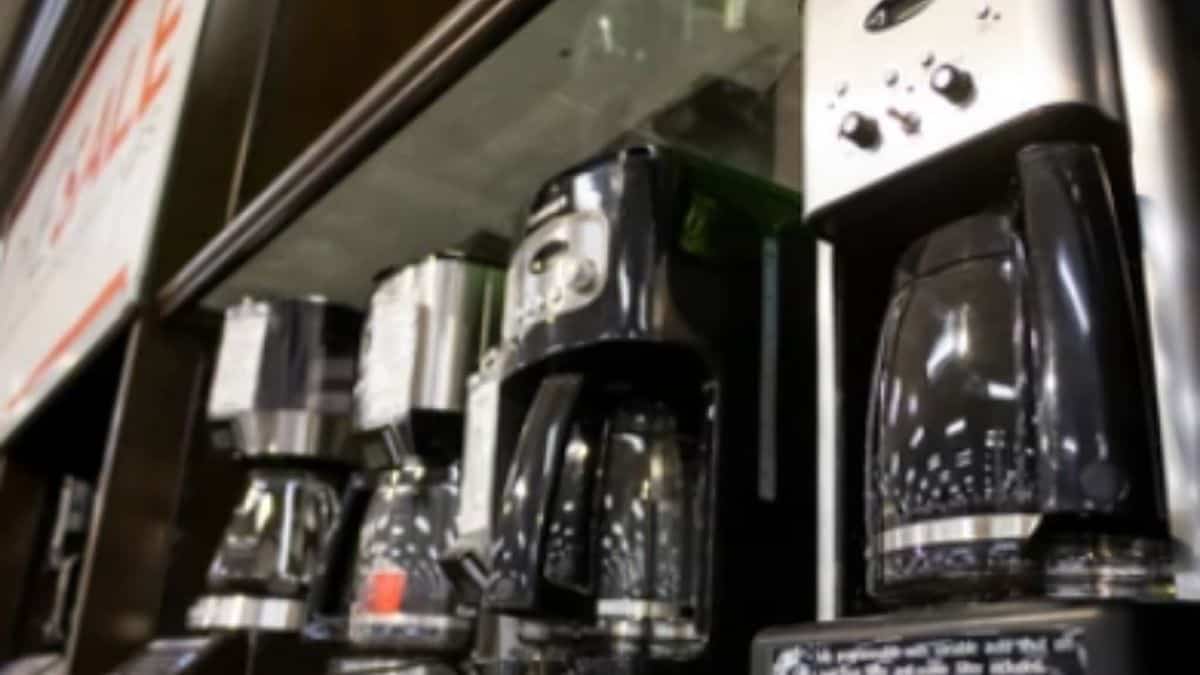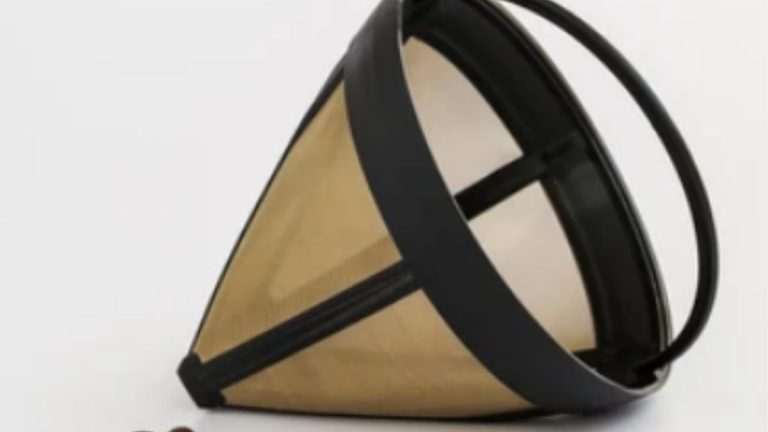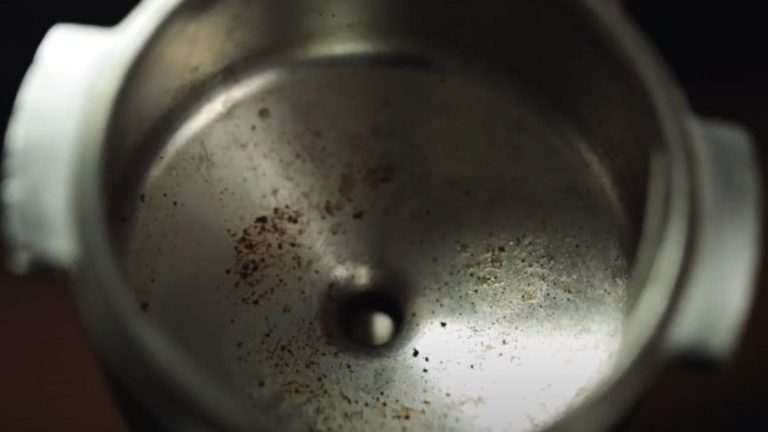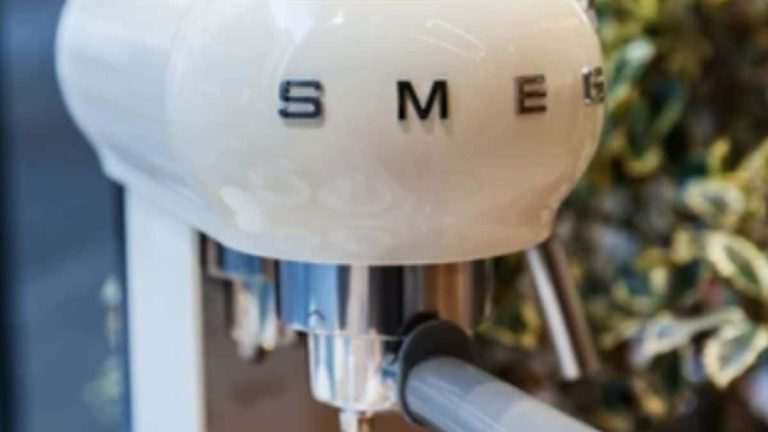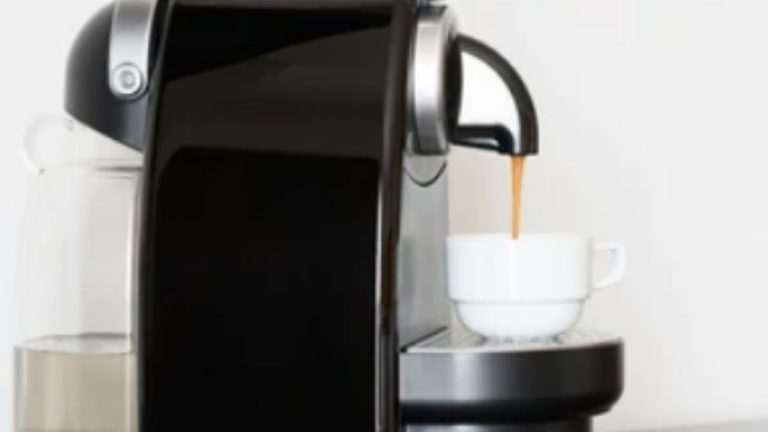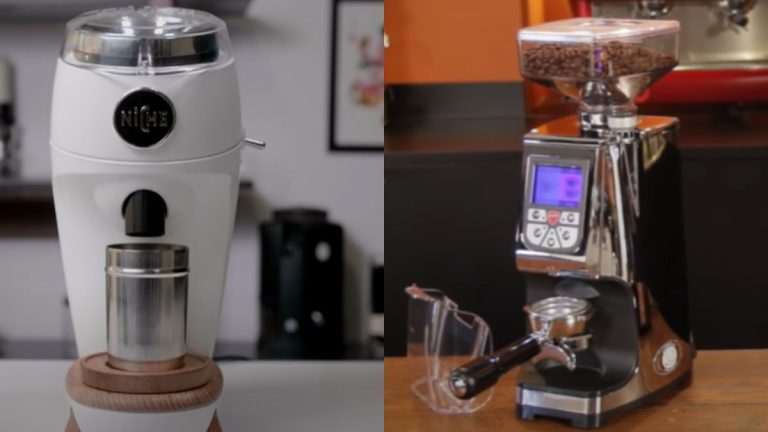Cuisinart coffee maker water filter how often to replace
Are you wondering how to often replace your Cuisinart coffee maker water filter? We have gathered what you would need to successfully replace your coffee filter.
Introduction
Table of Contents
Having the best coffee maker is important as it can affect your mood.
If you have a Cuisinart coffee maker, it’s no surprise that you use fresh, clean water in the brewing process. But if you continue to use tap water day after day, there’s a chance your coffee will start to taste a little flat. This is because your coffee maker has a built-in filter that can only remove so many impurities from your water.
A lot of Cuisinart coffee makers are asked questions about how often to replace the water filter. Before we get into answering this common question, Let us explain what exactly is in a Cuisinart coffee maker water filter, who needs to use it, and why you need to understand how often it needs to be replaced.
Cuisinart coffee maker water filter how often to replace
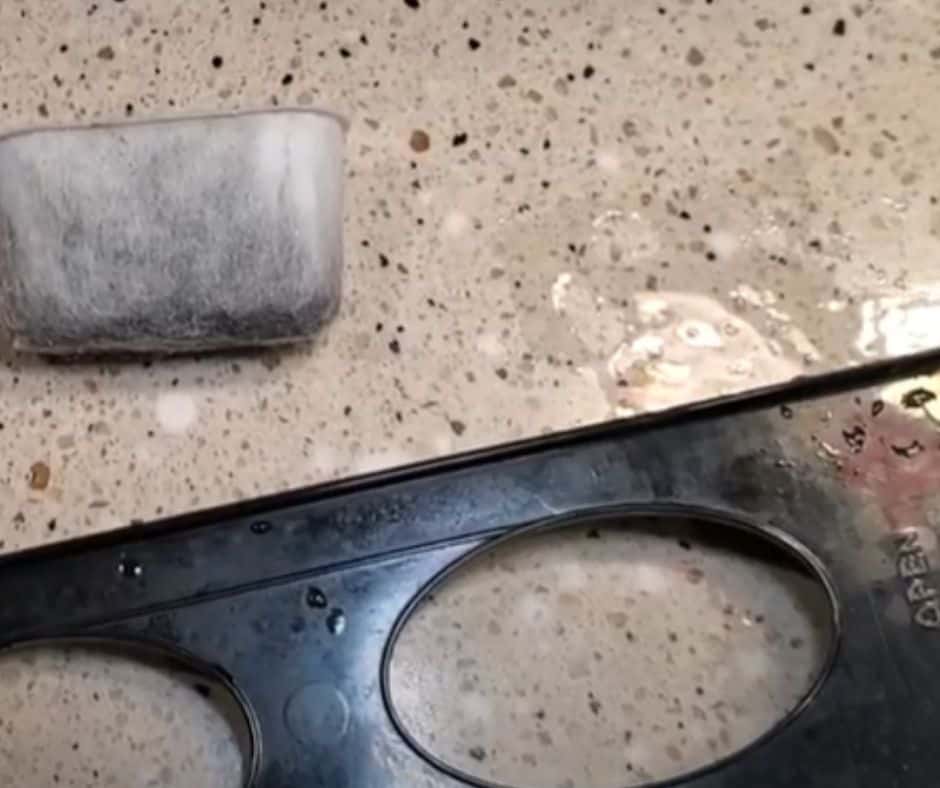
The coffee water filter must be replaced because the charcoal within traps the impurities, and the filter might get clogged with everything it has accumulated over time. As a result, the filter’s ability to filter the water that passes through it is reduced.
Benefits
Replace the water filter in your coffee maker to receive better-tasting water with little or no odor. The harshness of hard tap water is also reduced thanks to a new filter. Filtration of pollutants such as chlorine can be beneficial to the water’s health.
Misconceptions
It’s not the same as replacing the water filter when it comes to coffee filters. The coffee filter, which is positioned in the front of the coffee maker, keeps coffee grinds out of the coffee pot.
The coffee maker’s water filter is positioned in the back, where the water is poured.
Water is put into the coffee maker through the water filter, which is positioned in the back of the coffee maker. Water put into the coffee maker must first pass through the water filter before being brewed, hence the filter is usually situated near the top.
Time Limits
If you have hard water, replace the Cuisinart water filter after 60 days or 50 uses. Cuisinart recommends a 60-day filter replacement interval but warns that severe use may necessitate a more frequent replacement.
How long do Cuisinart charcoal filters last?
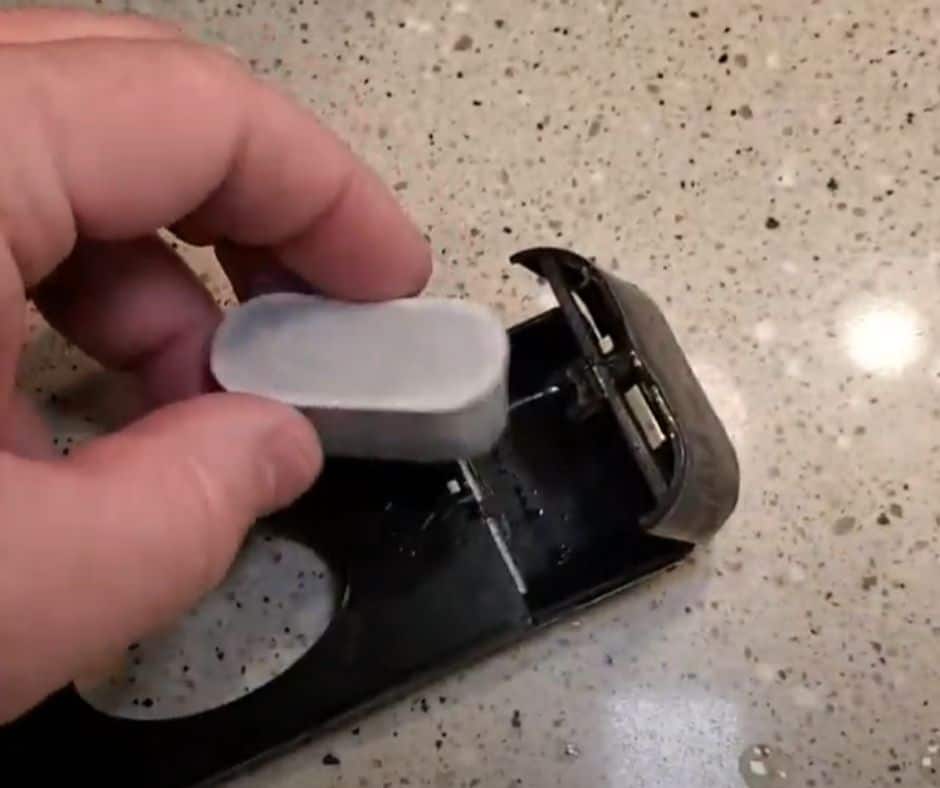
The Cuisinart coffee maker water filter is a replaceable charcoal filter that removes impurities from your coffee. The amount of time the filter lasts depends on how often you use the coffee maker and how much water is used in each brew cycle. As a general rule, change your Cuisinart coffee maker water filter every 60 days or 60 uses. When replacing your filter, be sure to also rinse out the coffee maker with fresh water so you remove any leftover pollutants.
When should I replace my Cuisinart charcoal water filter?
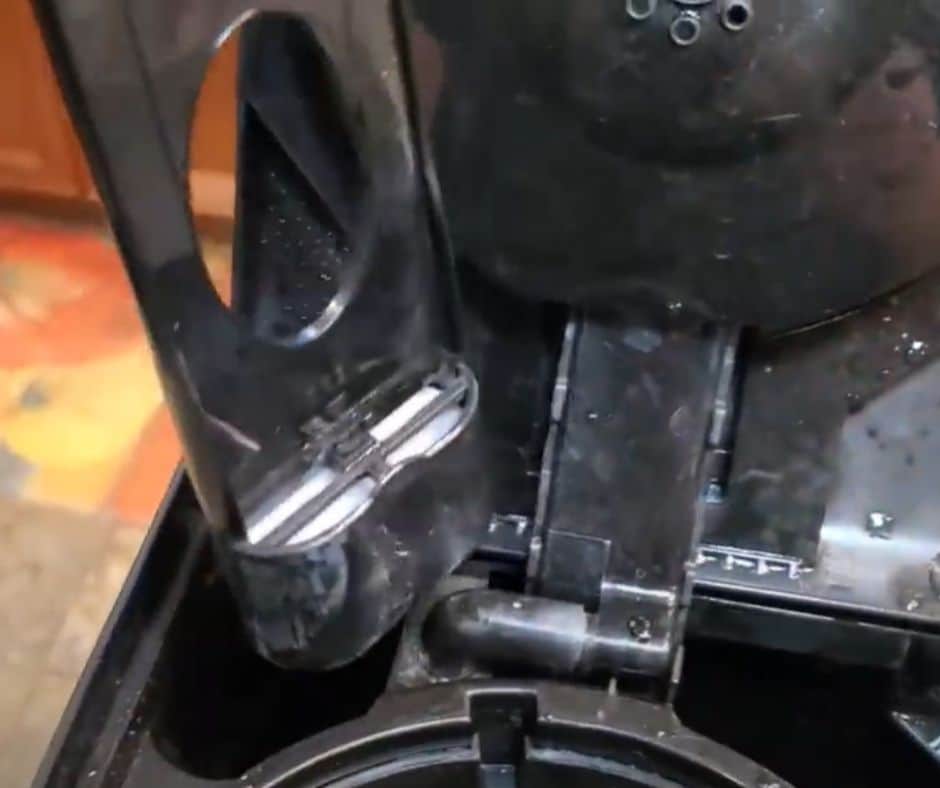
Cuisinart charcoal filters are designed to last approximately three months or 100 gallons of water. The frequency of your replacement will vary depending upon your local water quality and how the machine is used. It is important to change your filter after 100 gallons so that you are sure you are getting clean, good-tasting coffee.
Do not use the same filter for more than three months (100 gallons) without replacing it. The use of an old filter may result in poor taste due to potential trapped contaminants in the filter media.
The cause is probably not the filter, but rather the fact that it has been overused or allowed to sediment. In order to ensure optimal performance and fresh-tasting coffee, we recommend you replace your Charcoal Water Filter every 100 gallons or 3 months whichever comes first for best results.
No, using a paper filter will not affect the taste of your coffee. However, using a paper filter will reduce
How long do reusable coffee filters last?
Reusable metal filters can last five to seven years and cost anything from $5 to $50.
Coffee filters should last 90-120 uses, or 3-4 months for daily coffee consumers and around a year for weekend coffee drinkers. Cleaning and storing your filter properly will help it last longer and taste better.
Cloth filters, thankfully, are simple to clean. Pull the filter from the dripper after it’s cool enough to touch at the end of each use and shake the grounds into your compost container. Then, without using soap, rinse your filter with warm water.
We recommend putting your filter in water and keeping it refrigerated between usage for consistent high-quality brews. After cleaning your wet filter, place it in a small jar or another airtight container with water and keep it in the fridge between brews.
Keep your cloth filter submerged in water to prevent coffee oils from impregnating the fabric and imparting taste over time. Allowing your filter to air-dry between users will not harm it, but it may alter the flavor of your brew.
How often should you replace a carbon water filter?
Coffee filters are thin pieces of paper or cloth that are used to strain the liquid. They’re typically used in drip coffee makers to help remove the small particles (like coffee grounds) from your brewed coffee.
Troubleshooting Tips for Coffee Filters
Coffee filters are a breeze to use, but they don’t last forever. If you run into any problems with them, use these tips to troubleshoot:
Make sure the filter is wet. A dry filter won’t catch any liquid, and you’ll end up with a big mess on your hands.
A crumpled filter won’t work. You need it to be smooth and flat so it can do its job.
The wrong filter can cause problems. Some filters are designed specifically for single-serve machines, while others are used for full pots of coffee. Always use the right type for your machine so you can avoid problems.
How many times should you use a coffee filter?
The Cuisinart Brew Central 12-cup programmable coffee maker has a charcoal water filter that removes impurities from the water. This basket-like container is also known as a charcoal water filter to fit under the brew basket.
Most coffee filters can be reused four or five times before losing their effectiveness. Don’t be scared to throw out the old coffee grinds and replace the used filter in your coffee maker. Rinse and dry the filter before reusing it for the best results.
If you’re using paper filters with your Cuisinart, fill them to the top of the cup, not over. Overfilling may cause overflow and leakage. The depth of the used coffee grounds in the filter depends on how strong you like your coffee. If you prefer a stronger flavor, intensify the depth of the grounds in the filter.
Do I Need a Charcoal Filter for my Coffee Maker?
Cuisinart recommends using only their brand of charcoal water filters for optimal brewing performance and for safety reasons. Follow Cuisinart’s instructions to replace this part every 60 brews or when it appears that it is slowing down your machine’s brewing process.
How Often Should a Coffee Maker’s Water Filter Be Replaced?
The water filter in a coffee maker should be replaced every two months or after 60 brew cycles since the charcoal filter collects pollutants and aromas on its surface and in its pores. Over time, these pollutants accumulate on the charcoal filter.
Changing the water filter in a coffee maker on a regular basis will help it last longer. If you want a complete and fresh finish, change the charcoal filter every time you descale the coffee maker.
Is there anything I can use instead of a coffee filter?
Paper towels are made with the same intentions as coffee filters, making them an excellent replacement. If you don’t have any coffee filters but have a roll of paper towel or napkins on hand, shape them to fit inside your coffee maker and you’re ready to brew your favorite coffee.
Can you leave the coffee on the stove for an extended period of time?
Anecdotal data suggests that a pot of drip-brewed coffee loses its ‘mojo’ after two hours. The more time you keep a pot of drip coffee hot, the more the delicate scent molecules, especially those with the wonderful sulfury-roasty aroma, are degraded.
How do I clean my Cuisinart coffee maker?
Clean your Cuisinart coffee maker with a mixture of white vinegar and water. Run two cycles of the solution through the coffee machine to remove any residue from the machine’s internal components.
Troubleshoot your Cuisinart coffee maker by running vinegar through the machine after you run a cycle without any water or coffee in it. This procedure will remove any deposits that may be clogging up the machine and causing problems with water flow. If a vinegar solution does not solve the problem, try running two cycles of hot water through the machine and then two cycles of plain water.
Run a cycle with just vinegar and water, again, if you have hard water. The cycle will clean out any mineral build-ups that may be preventing your machine from functioning properly.
Run a soapy cycle if your Cuisinart is not functioning correctly or if you are experiencing an unpleasant taste or smell with your Cuisinart-brewed coffee. A dishwasher cycle with no detergent will help remove any unpleasant odors lingering in your coffee maker.
If you are a little obsessive as i am about keeping my coffee maker clean. I know it’s not good for it, but I’m just not comfortable with a greasy cup of joe, so when I saw these few tips on the website bestcoffeemakers.com, I thought they were worth sharing.
TIP ONE: Break out the vinegar and baking soda. If your machine smells a bit funny, pour in a few tablespoons of vinegar and fill it up with cold water. Before emptying the machine, add one spoonful of baking soda to the mix and run it for two minutes. Dry the inside thoroughly with a soft cloth, or paper towels if you don’t have any fabric ones handy.
TIP TWO: Scrape down the sides of your coffee maker regularly. Rather than doing this once a year, which is what most manufacturers recommend – I’m talking to your Cuisinart! – do it every couple of months to keep your coffee tasting fresh. Use a spatula or wooden spoon to scrape off any built-up grime on the sides of the pot that may have gone unnoticed during your last cleaning job.
TIP THREE: Clean out your coffee maker every three months. To do this, run two cycles of vinegar through the machine.
Reusable coffee filters are generally made of metal mesh with a paper filter attached to the rim.
Treated properly, they can last for years.
There are few more pleasant ways to start the day than with a warm cup of coffee. But, when you drink your coffee at home, It’s critical to use fresh, clean water as well as the appropriate amount of grounds.
Trouble Brewing? Check Your Filters
If the coffee coming out of your maker tastes weak or bitter, it could be because your filter is dirty or worn. Different coffee makers have different filters, but they all require periodic replacement. The good thing is that this process is easier than ever before. Just follow these steps:
1. Unplug the machine
2. Remove the old filter
3. Rinse and dry the filter holder
4. Rinse and dry a new filter if necessary
5. Insert the new filter into the holder and close it up
6. Plug in your machine and brew a pot of plain water to flush out any remaining paper taste from the new filter.
Here are more tips on how to keep your reusable coffee filter clean and fresh:
To avoid undesirable growth, rinse your filter within 30 minutes of brewing.
If you’re storing your tea in water, make sure to change the water in your storage container after each brew and wash it with soap once a week or so.
Remove your filter from water storage if you won’t be using it for more than a few weeks and hang dry or freeze it until you need it again.
Keep in mind that with time, your coffee filter will alter. When it’s new, it’ll pour faster, then strike a sweet spot about middle age before slowing down toward the conclusion of its existence. It’s time to compost and replaces your filter once it reaches this point.
How do I clean my Cuisinart coffee maker?
The cleaning of your Cuisinart coffee maker is very important to extending the life span of this appliance. It may seem daunting, but since you use water to clean it, we can assure you that it isn’t as difficult as you may imagine. All you will need is a soft cloth, some vinegar and water, and your favorite cleaning solution.
The first step is to eliminate the old filter. If you are using a reusable filter, rinse it out in warm water and place it on a towel to dry. Remove the used filter from the basket if this is not the case for you. Clean your coffee carafe as follows:
Next, fill your coffee maker’s carafe with plain water and place it on a burner set on high heat. Pour the contents into a sink or bathtub of the pot as soon as the water begins to boil, then refill the pot with fresh water. This will help to eliminate any old or stale coffee residue that has built up inside of your coffee maker over time. Rinse out your coffee maker.
Once all the steps we have mentioned have been completed, pour plain white vinegar in your coffee maker until it reaches about ⅓.
Conclusion
Homeowners love their Cuisinart coffee makers and the makers themselves are very pleased with their gifts.
Overall the Cuisinart Programmable Coffee Maker gives you the best grind and brew for your money. It takes only about 5-7 minutes to set up and grind your coffee and then it automatically brews it into your thermal carafe. This coffee maker also has a self-cleaning feature, so you don’t have to worry about cleaning up a messy machine.
If you take the best coffee you can get, yes, the grind and your brewing methods will be factors when it comes to decent coffee. However, if you are after a cup of brown or black water that tastes like something that has been soaked through a dirty dishrag and then brewed in hot water with a bit of brown coloring, you have hit the jackpot and found just what you are looking for.
When it comes to water filters, there is no such thing as a “one size fits all” solution. Each home has different tastes and preferences.Thankfully, with so many possibilities, you’ll be able to discover a water filter that meets your requirements.

